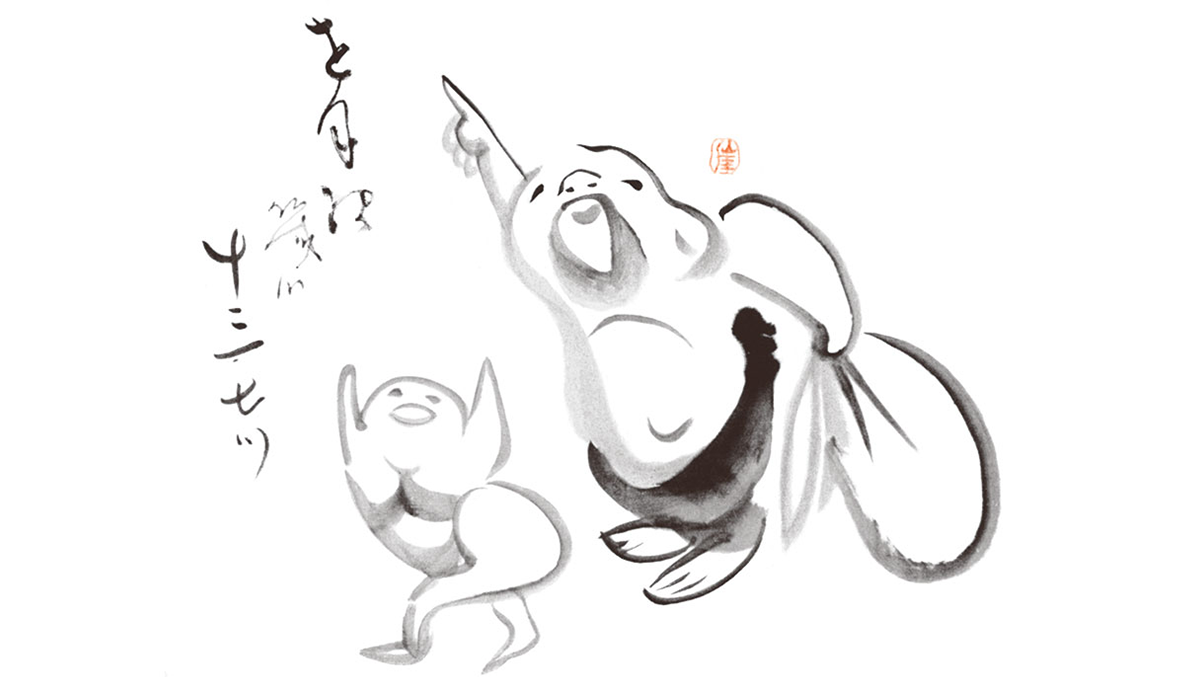All sentient beings are replete with buddhanature. It is only due to their vexations that they do not know or perceive it. Thus, you must diligently cultivate expediencies to eradicate vexations.
—Mahaparinirvana Sutra
In early Indian Buddhist scriptures, enlightenment referred to Sakyamuni’s perfect realization—his achievement of buddhahood and liberation from samsara after countless lifetimes of practicing the perfections. Later, Mahayana scriptures emerged to expound on the bodhisattva path, which made buddhahood available to all who can arouse a compassionate resolve to achieve enlightenment in order to save all beings.
In its most fully developed form in China, the bodhisattva path entailed some fifty-two different stages of spiritual development over the span of three unimaginable, incalculable eons of time. Buddhahood, perfection, or enlightenment were at once extremely alluring but far removed from the everyday life of practitioners.
It was in this context that Chan Buddhism emerged as a reaction to the convoluted theories of Buddhist scholasticism. Aiming to return to the original intent of the Buddha, Chan brought buddhahood and enlightenment down from the clouds of abstraction and taught it in a way that was accessible in this life.
In Chan Buddhism, and by extension Japanese Zen and Korean Seon, buddhahood is synonymous with realizing the true nature of mind, which is intrinsically free from greed, hatred, and ignorance. Even though these vexations delude us, they do not define our true potential. In short, mind is buddha and awakening is our nature. We are already free.
In Japanese Soto Zen, the embodiment of this practice is called “just sitting,” or shikantaza, in which practice is perceived as identical to awakening. Properly done, the act of sitting, or any other act in life, is a way to manifest one’s already awakened nature, the buddhanature that is innate in all beings. Practice, from this perspective, is not so much a path of liberation from samsara or of transformation from imperfection to perfection, but a path of recognition of what is already complete.
This is not to say that deluded thinking and vexations are confused with awakening. Far from it. It’s just that diligent practice cannot and should not be soiled by our habit tendencies of gaining or losing, having or lacking, seeking or rejecting, which are the very core of self-referentiality. Chan master Hongzhi Zhengjue called this practice of embodied awakening “silent illumination,” the simultaneous cultivation of stillness and activity, emptiness and responsiveness, selfless wisdom and compassion.
From the perspective of Chan, Zen, and Seon, without this conviction that we are already free, all forms of practice—be it just sitting, silent illumination, breath awareness, or koan practice—inevitably become bound up with reinforcing the delusions that conceal our awakened nature. But with mind as buddha and awakening as our nature, the profound truths of emptiness and impermanence can be lived, experienced, and embodied as connections and possibilities.
